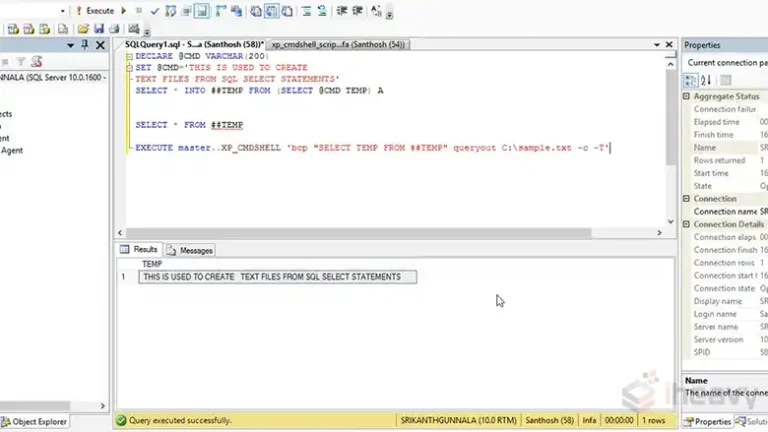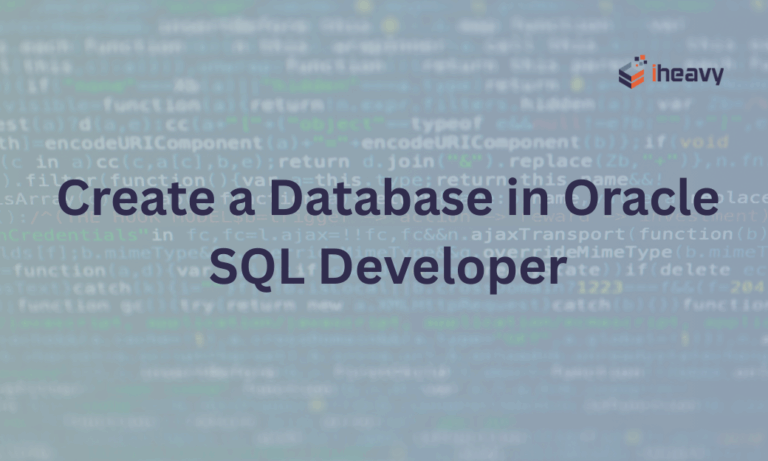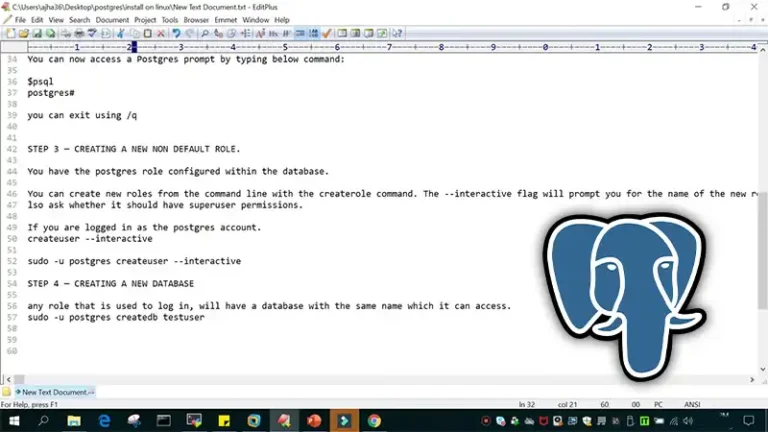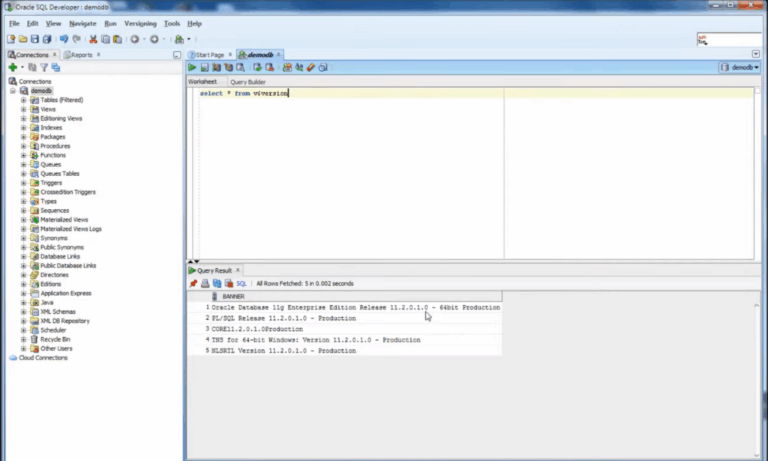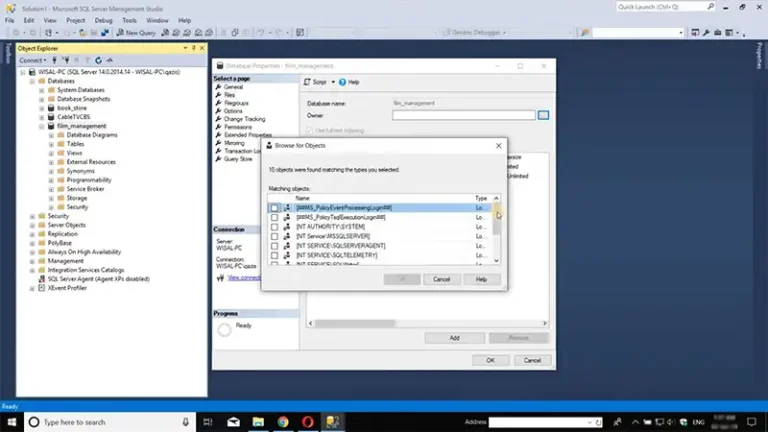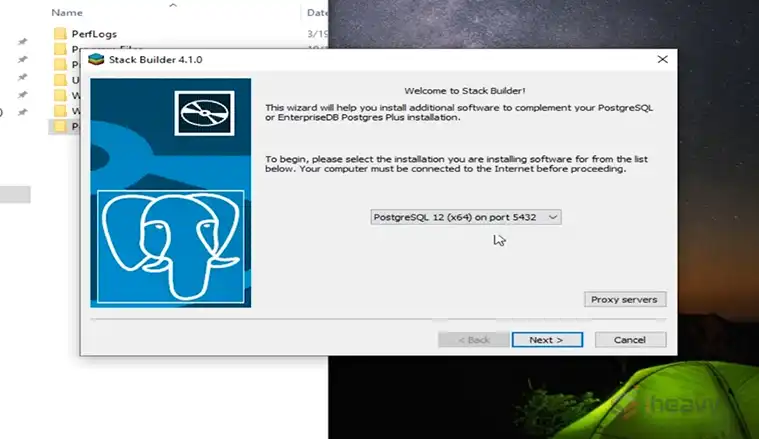Top MySQL DBA Interview Questions (Part 1)
MySQL DBAs are in greater demand now than they’ve ever been. While some firms are losing the fight for talent, promising startups with a progressive bent are getting first dibs with the best applicants.
Whatever the case, interviewing for a MySQL DBA is a skill in itself so I thought I’d share a guide of top MySQL DBA interview questions to help with your screening process.
It’s long and detailed with some background to give context so I will be publishing this in two parts.
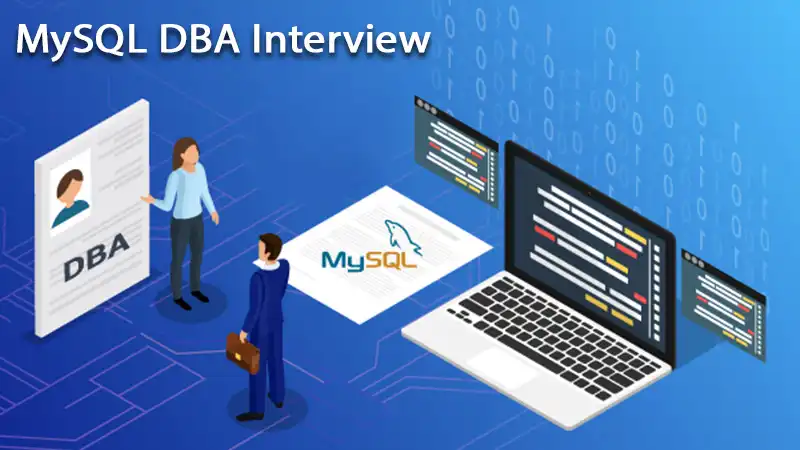
The History of The DBA As A Career
In the Oracle world of enterprise applications, the DBA has long been a strong career path. Companies building their sales staff required Peoplesoft or SAP, and those deploying the financial applications or e-business suite needed operations teams to manage those systems.
At the heart of that operations team were database administrators or DBAs, a catchall title that included the responsibility of guarding your business’s crown jewels. Security of those data assets, backups, management, and performance were all entrusted to the DBA.
In the world of web applications, things have evolved a bit differently. Many a startup are driven only by developers. In those smaller shops, Operations tasks are designated to one developer who takes on the additional responsibility of managing systems.
In that scenario, Operations or DBA duties become a sort of secondary role to the primary one of building the application. Even in cases where the startup creates a specific operations role with one person managing systems administration, chances are they don’t also have DBA experience. Instead, these startups are more likely to manage the database as a typical Linux application.
When I Grow Up I (Don’t) Want To Be A MySQL DBA
Where do they come from, and why don’t a lot of computer science folks gravitate towards operations, and DBA? This may be in part due to the romance of certain job roles which we discussed in a past article.
This pattern appeared a lot in the Oracle world as well. Many folks who were career DBAs actually moved to that role from the business side. In fact, you’d find that many didn’t have a computer science or engineering background in the first place.
In my experience, I saw many Linux and Unix administrators with a stronger foundation who would fit into the DBA role but were simply not interested in it. The same can be said of the MySQL side of the house.
Computer science grads don’t get out of school aiming for a career in ops or as a DBA because it has never been regarded as the pinnacle. It’s typically the PROGRAMMERS who become the rockstars in a cool startup.
But as the Internet grows into a richer and more complex medium, things are changing. People talk about scalability, high availability, zero downtime, and performance tuning. When brief outages cost millions in losses expectations are very high and that requires skilled, experienced DBAs.
We’ve made a list comprised of skill questions, general questions, and ‘good-to-know’ questions. Have fun grilling your candidate with them, although bear in mind that with interviews it’s not about knowing it all, but rather how the person demonstrates critical thinking skills.
Skills Questions
Here are the top 5 MySQL DBA interview questions:
1. Why Are SQL Queries So Fundamental to Database Performance?
This is the one question that a DBA should have an answer to. If they can’t answer this question, they’re unlikely to be a good candidate.
After a MySQL server is set up and running, with many of the switches and dials set to use memory and play well with other services on the Linux server, queries remain an everyday challenge. Why is this?
SQL queries are like little programs in and of themselves. They ask the database server to collect selections of records, cross-tabulate them with other collections of records, then sort them, and slice and dice them. All of this requires MySQL to build temporary tables, perform resource-intensive sorts, and then organize the output in nice bite-size chunks.
Unfortunately, there are many ways to get the syntax and the results right, yet not do so efficiently. This might sound like a moot point, but with modern websites you may have 5000 concurrent users on your site, each hitting pages that have multiple queries inside them.
What makes this an ongoing challenge is that websites are typically a moving target, with business requirements pushing new code changes all the time. New code means new queries, which pose ongoing risks to application stability.
2. Indexes – Too Many, Too Few; What’s The Difference?
Indexes are very important to the smooth functioning of a relational database. Imagine your telephone book of yore. I can look up all the people with the last name of “Hull” in Manhattan because I have the proper index. But most yellow pages don’t include an index for *first* names even though they might occasionally come in handy, for example with the names “Star” or “Persephone”.
You can imagine that, if you had a phone book that you maintain and update, every time you add or remove a name you also have to update the index. That’s right, and the same goes for your relational database.
So therein lies the trade-off, and it’s an important one. When you are *modifying* your data, adding, updating, or removing records, you must do work to keep the index up to date.
More indexes mean more work. However, when you’re looking up data or *querying* in SQL speak, more indexes mean more ways of looking up data fast. One more trade-off is that indexes take up more pages in your phonebook, and so too they take up more space on disk.
3. Backup & Recovery – Explain Various Types & Scenarios For Restore
Backups come in a few different flavors that the DBA should be familiar with.
Cold backups involve the shutdown of the database server (MySQL) and then back up all the data files by making a copy of them to another directory. To be really thorough, the entire datadir including binlogs, log files, /etc/my.cnf config file should also be backed up. The cold backup is a database in itself, and can be copied to an alternate server and mounted as-is.
Logical backups involve using the mysqldump tool. This locks tables while it runs to maintain consistency of changing data, and can cause downtime. The resulting dump file contains CREATE DATABASE, CREATE TABLE & CREATE INDEX statements to rebuild the database.
Note the file itself is not a database, but rather a set of instructions that can tell a MySQL server *HOW* to reconstruct the database. The important distinction here.
Hot backups are a great addition to the mix as they allow the physical database data files to be backed up *WHILE* the server is up and running. In MySQL, this can be achieved with the xtrabackup tool, available from Percona. Despite the name, it works very well with MyISAM and InnoDB tables too, so don’t worry if you’re not using xtradb tables.
There are a few different restore scenarios, and the candidate should be able to describe how these various backups can be restored, and what the steps to do so would be.
In addition, they should understand what point-in-time recovery is, and how to perform that as well. After restoring one of the above three backup types, the DBA would use the mysqlbinlog utility to apply any subsequent transactions from the binary logs.
So, if the backup was made at 2am last night, and you restore that backup, the mysqlbinlog tool would be used to dig up transactions since 2am, and apply them to that restored database.
4. Troubleshooting Performance
Since this is an ongoing challenge with relational databases, a good grasp of it is crucial. One way to challenge the candidate would be to describe a recent performance problem you experienced with your infrastructure and ask them how they would go about resolving it.
If they struggle with the particulars of what you ran into, ask them to describe a big performance challenge they solved, what the cause was, and how they performed the analysis.
Typically, the first steps involve mitigating the immediate problem by finding out what changed in the environment either operationally or code changes. If there is a bug that was hit or other strange performance anomalies, the first stop is usually looking at log files.
MySQL server error logs and the slow query log are key files. From there, analyzing those files during the timeframe where problems occurred should yield some clues.
You might also hope to hear some comments about metrics collection in this discussion. Tools such as cacti, Munin, OpenNMS, or ganglia are invaluable tools for drilling down on a past event or outage and sifting through server stats to find trouble.
5. Joins – Describe A Few Kinds and How the Server Performs Them
A basic understanding of INNER JOIN and OUTER JOIN would be a great start. A simple example might be employees and departments.
If you have four employees and two departments, an INNER JOIN of these tables together will give you the departments employees belong to.
Add another employee without assigning her to a department, and the inner join won’t display her. Further adding a new department that doesn’t yet contain employees won’t display either.
However, performing an OUTER JOIN will give you those matches with null in the department field, and null in the employee field respectively.
Thought of with another example, take a credit card company. One table contains cardholders identity, their number, address, and other personal information. A second table contains their account activity.
When they first join, they don’t have any monthly statements, so an INNER JOIN of cardholders with statements will yield no rows. However, an OUTER JOIN on those two tables will yield a record, with a null for the statements columns.
Continue reading our article MySQL DBA interview questions (Part 2) to learn five more questions that test a MySQL DBA’s knowledge.
